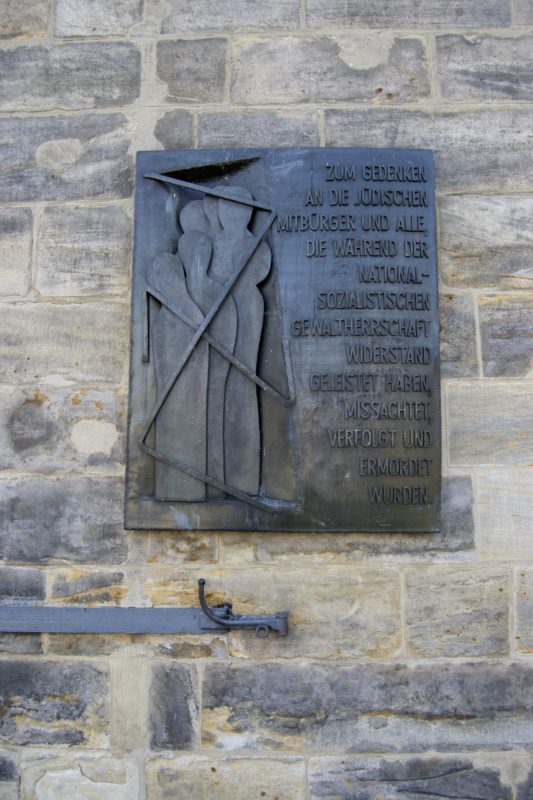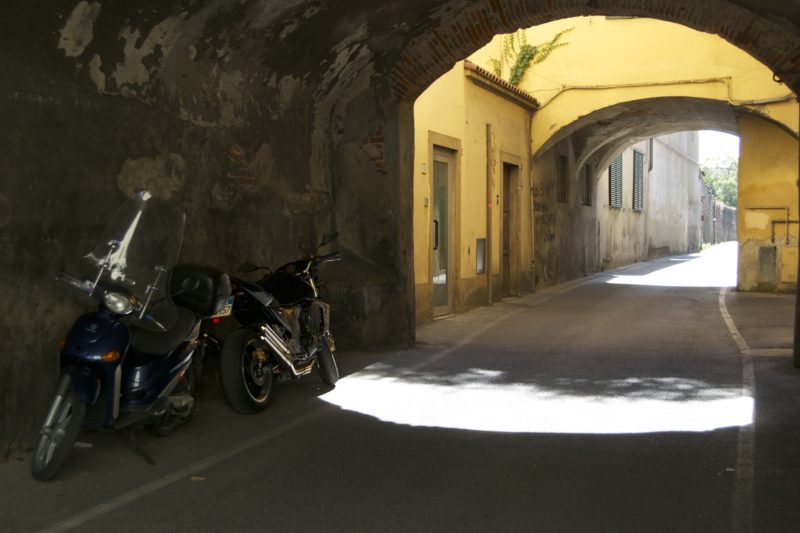
Painting by Nicolas de Largilliere, 1714/15
On this November 8, 2016, let’s explore what a model ruler looks like. I am thinking of August II the Strong, (1670 – 1730,) extraordinary patron of architecture and art. (Yes, I know, climate change, racial and economic equality, immigration and the shaping of the law are all high on the list. Hear me out.) He practically founded Dresden, a center of German culture for 100s of years, he created the famous porcelain manufacture of Meissen, he opened the first public museum in Germany, the Green Vault, and later a collection that can now be found in the Old Masters Gallery. He understood that art has a special role to play in influencing who we are, how we see the world, and what values matter. In this sense, it interacts with all other political actions, however tangentially.
He became King of Poland not once, but twice – complicated war and succession history and not entirely to the advantage of that country. But overall, he was as big in his regal (not physical) way as he was strong (- although in the end he suffered from diabetes and died at 252 pounds…). He loved to build, to collect, to support artists as well as the arts, his tastes somewhat influenced by extensive travels around the continent, particularly France. And he wore pant suits….
The photograph I took of a Polish man who stood still in costume first reminded me of a Prussian valet from one or another court – as depicted here by Georg David Matthieu, Kammerdiener Johann Völler, Oil on wood, flat stand-up. Sammlung Herzogliches Haus Mecklenburg-Schwerin. (I could not get the date, alas.)


But then I thought he really could be a descendant of August II, particularly in light of the fact that the latter had between 360 and 385 children – yes, you read that right. One single one legitimate. Many acknowledged with their respective mothers being given special status in the aristocracy of Saxony and elsewhere. In any event, if you look at the mouth and nose particularly of the later portrait, you can see some resemblance to the street artist. At least I did.
And here are some views of his palaces in Dresden, but none of Meissen porcelain since it is just too overboard.


However, here is a Dresden milk and cheese shop that is tiled by Villeroy and Boche, and one of the biggest tourist attractions…. 
Let’s hope then, that tonight we have a president for whom August II would join us in cheering. Man, let’s pray.


























 The first review, below, struck me with the sentiment of the last sentence – “Perhaps it is time to remind the Americans that there is knowledge to be had beyond the fences they are trying to build. ” Note we are now all seen in that deplorable basket of ignorants, a generalization frequently encountered when I talk to my friends abroad in the context of this election season. Outcome of a freakish election season.
The first review, below, struck me with the sentiment of the last sentence – “Perhaps it is time to remind the Americans that there is knowledge to be had beyond the fences they are trying to build. ” Note we are now all seen in that deplorable basket of ignorants, a generalization frequently encountered when I talk to my friends abroad in the context of this election season. Outcome of a freakish election season. Lam’s most famous painting is called The Jungle. I think it is a terrific example of mind blowing transitions within a piece of art. The melding of figures, landscapes, botanical and cultural elements and a claimed state of mind works seamlessly, drawing you ever deeper in.
Lam’s most famous painting is called The Jungle. I think it is a terrific example of mind blowing transitions within a piece of art. The melding of figures, landscapes, botanical and cultural elements and a claimed state of mind works seamlessly, drawing you ever deeper in.























